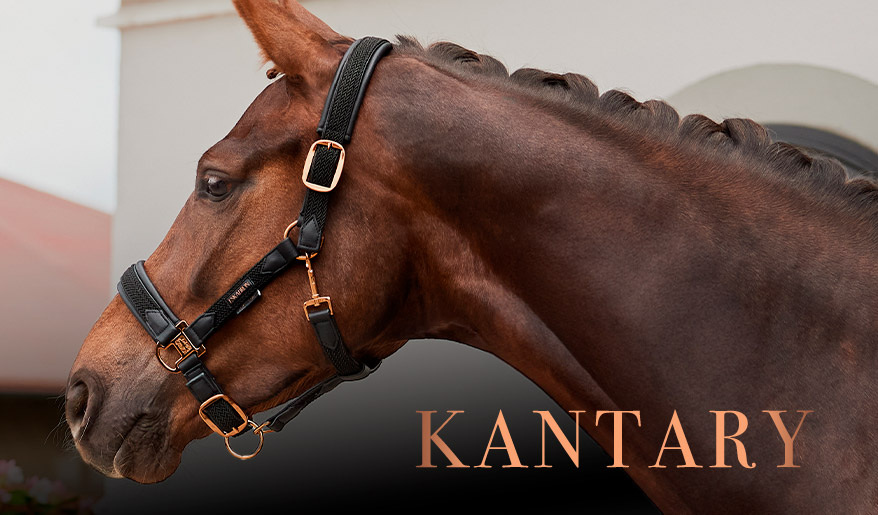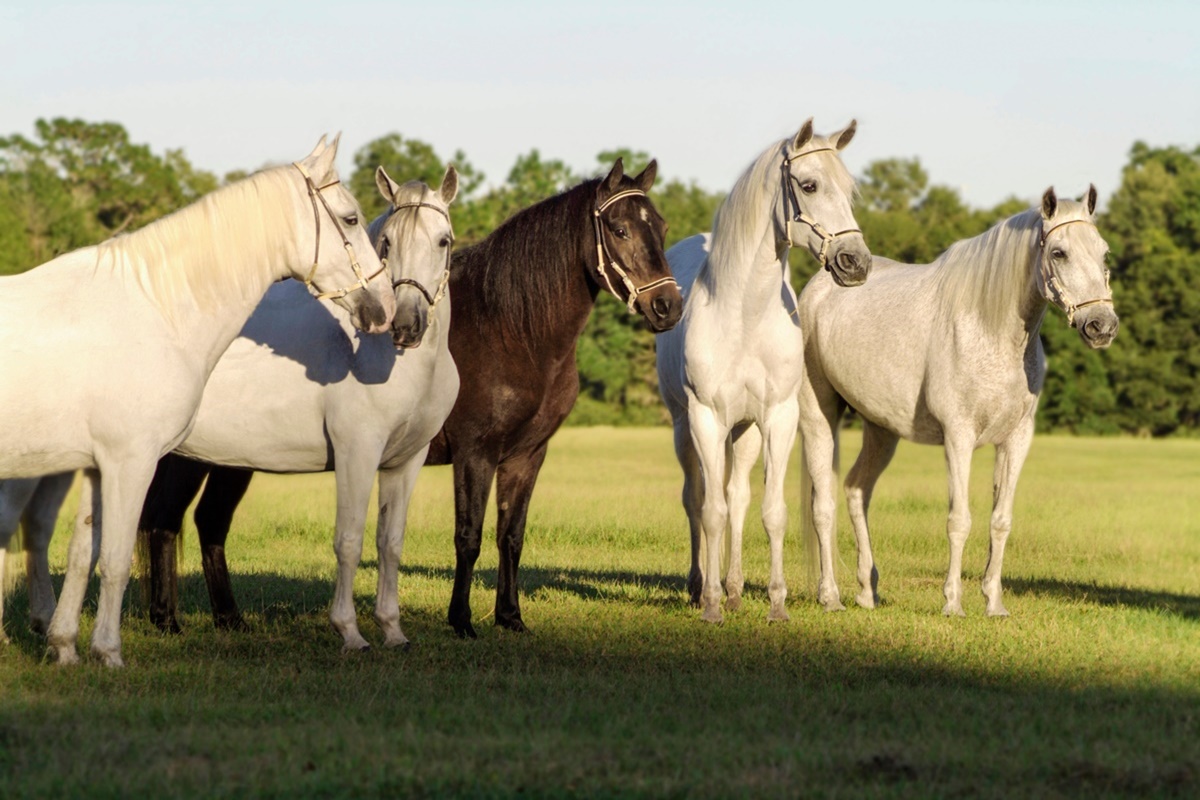
Hiszpańskie rasy Paso Fino i Paso Peruano swoje nazwy wzięły od niepowtarzalnych chodów. W języku hiszpańskim “paso fino” oznacza “gładki, płynny chód”, a “paso peruano” można by rozumieć jako “chód peruwiański”. Samo słowo paso przez Hiszpanów rozumiane jest jako inochód. Nie jest to przypadkowe - obie rasy zachowały umiejętność swoich przodków - poruszania się w pięciu chodach.
Koń Paso Fino - historia rasy
Rasa Paso Fino powstała w XVI wieku na terenie Puerto Rico. Wywodzi się od koni, które zostały przywiezione na Dominikanę przez hiszpańskich konkwistadorów. Pierwsze z nich pojawiły się za sprawą Martina de Salazara w 1509 r.
Oficjalna hodowla koni Paso Fino rozpoczęła się w ok. 1550 r. Krzyżowano ze sobą konie andaluzyjskie z wymarłą już hiszpańską rasą inochodźców Jennet. Przypuszcza się, że konie Paso Fino powstały w wyniku domieszki krwi koni berberyjskich.
Rasę chętnie rozwijano ze względu na wytrzymałość i wygodny dla jeźdźca ruch - wstrząsy są świetnie amortyzowane przez grzbiet i zad zwierzęcia. Przodkowie współczesnego Paso Fino pierwotnie służyli jako stado hodowlane dla stacji konkwistadorów hiszpańskich. Bez nich hiszpańscy żołnierze nie podbiliby tak łatwo Ameryki Południowej - dzięki swojej pewności stąpania konie te świetnie sprawdziły się na długich dystansach po trudnym terenie.
W wyniku importu europejskich koni na terenach Ameryki Łacińskiej powstało wiele odmian, które łączył specyficzny chód. Chociaż Paso Fino był hodowany w Ameryce Łacińskiej od czasów konkwistadorów, rasa ta była zupełnie nieznana w USA aż do lat 40. XX wieku. Dziś hodowlę koni Paso Fino prowadzi się głównie w Stanach Zjednoczonych oraz w Kolumbii, w której sama rasa stała się ważnym dziedzictwem narodowym.
W ciągu ostatnich lat zainteresowanie rasą w Europie znacznie wzrosło i nadal rośnie. Populacja stale rośnie dzięki importowi głównie z USA i wielkim wysiłkom hodowców Paso Fino w Europie. Na Starym Kontynencie jest obecnie ponad 1000 rasowych i zarejestrowanych Paso Fino.
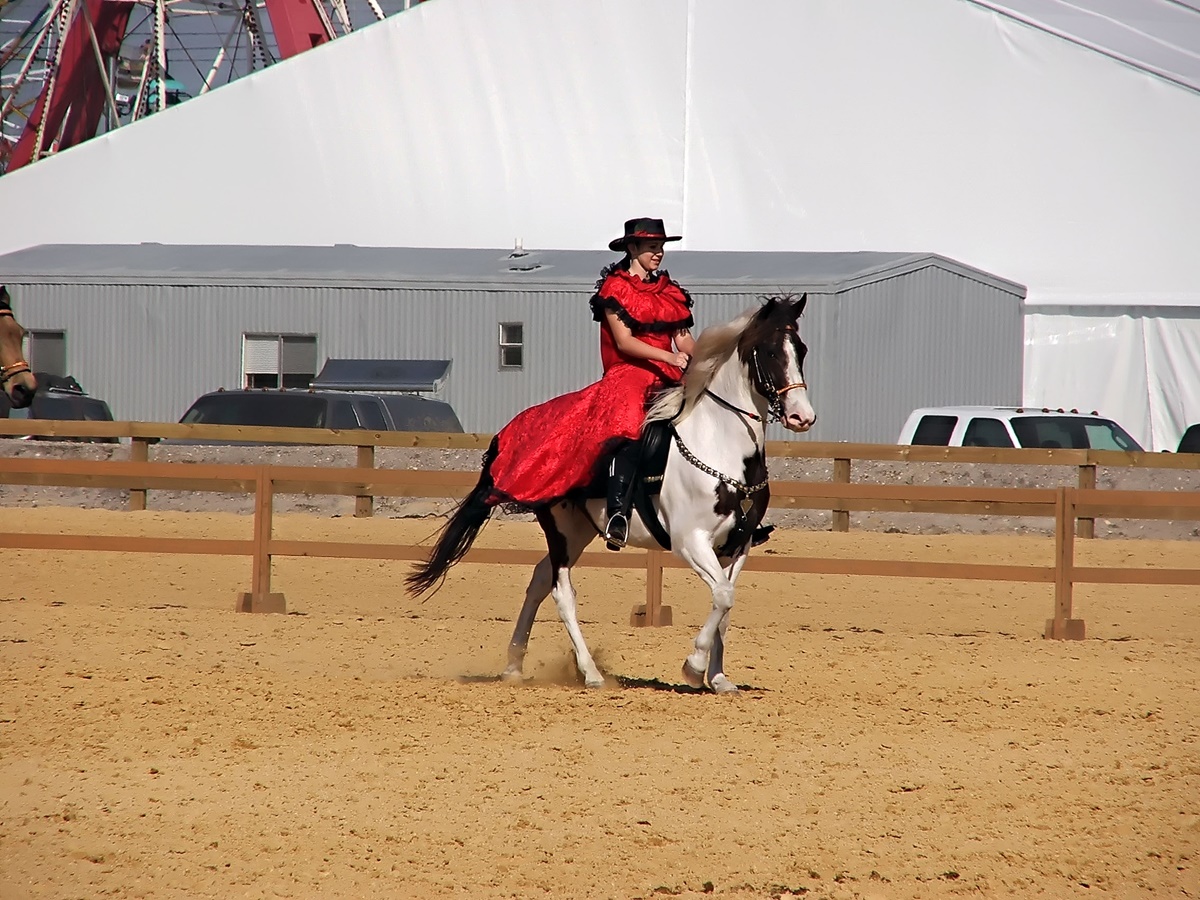
Paso Fino - rodzaje chodów
Konie Paso Fino poza chodami podstawowymi poruszają się także specyficznymi dla ich rasy - classic fino, paso corto i paso largo. Chód Paso Fino jest wykonywany w trzech prędkościach na przód i z różnym stopniem zebrania. We wszystkich chodach tej rasy jeździec powinien wydawać się praktycznie nieruchomy w siodle, nie odczuwając żadnych ruchów zadu konia w górę i w dół.
- Classic fino - to chód, w którym koń nie porusza się szybko naprzód, robi za to niezwykle szybkie, zebrane, wysokie i paradne kroki. Kończyny bardzo szybko poruszają się w linii pionowej (góra-dół). Obecnie to chód prezentowany głównie podczas pokazów.
- Paso corto - prędkość jazdy do przodu jest umiarkowana, z pełnym lub średnim zebraniem. Kroki są niespieszne, ze średniej długości wykrokiem.
- Paso largo - najszybsza prędkość chodu, wykonywana z dłuższym wykrokiem i zebraniem od umiarkowanego do minimalnego. Prędkość jazdy do przodu różni się w zależności od indywidualnych możliwości konia.
Paso Fino poruszają się też w innych - podstawowych chodach - stępie i galopie. Nie powinny jedak poruszać się kłusem - jest to niepożądana cecha genetyczna.
Konie Paso Fino - budowa i charakterystyka
Paso Fino mają mocną, acz lekką i szlachetną budowę. Rasa odzwierciedla swoje hiszpańskie dziedzictwo, łącząc siłę, dumną postawę i elegancję w jednym ciele.
Na bardzo umięśnionej, wysoko osadzonej szyi znajduje się wyrafinowana głowa z preferowanym prostym profilem i dużymi, wyrazistymi oczami. Krótka kłoda z szeroką i głęboką klatką piersiową, wyraźnie zaznaczonym kłębem, zakończona jest mocnym zadem i nisko osadzonym ogonem. Rasę charakteryzują potężne łopatki, silne kończyny i małe, twarde kopyta. U niektórych koni występuje tzw. tygrysie oko - rzadka cecha genetyczna, czyli tęczówka w odcieniu pomarańczowym, żółtym i bursztynowym.
Koń rasy Paso Fino ma żywy, ale jednocześnie łagodny temperament. Charakteryzuje go też wysoka odporność i wytrzymałość. Chętnie współpracuje z człowiekiem, jest oddany właścicielowi. Równocześnie znany jest z indywidualnej, czasem trudnej osobowości - trzeba umieć zdobyć jego zaufanie.
Połączenie energii i temperamentu najlepiej opisuje hiszpańskie słowo brio. Brio przychodzi naturalnie i nie można go osiągnąć poprzez trening. Brio jest jedną z najbardziej unikalnych cech koni Paso Fino, ważną w hodowli i wyróżniającą te konie na tle innych ras.
Osiągany wzrost: 140- 155 cm
Maść: występują wszystkie maści
Paso Fino - użytkowanie
Konie paso fino charakteryzuje duża wytrzymałość oraz wygodny, płynny ruch, dzięki temu świetnie sprawdzają się podczas dłuższych wycieczek konnych.
Niepowtarzalne chody sprawiły, że są to również konie paradne. Ponadto, dobrze spisują się w grach rozgrywanych konno oraz podczas woltyżerki.
Niegdyś były wykorzystywane do transportu po trudnych, długich trasach pokonywanych wierzchem. Były też chętnie wybierane do pracy z bydłem w ogromnych posiadłościach, szczególnie na plantacjach. Również właściciele majątków chcieli, by ich konie prezentowały ich status społeczny. Piękne, energiczne, a równocześnie mające łagodny charakter Paso Fino świetnie pasowały do tej roli.
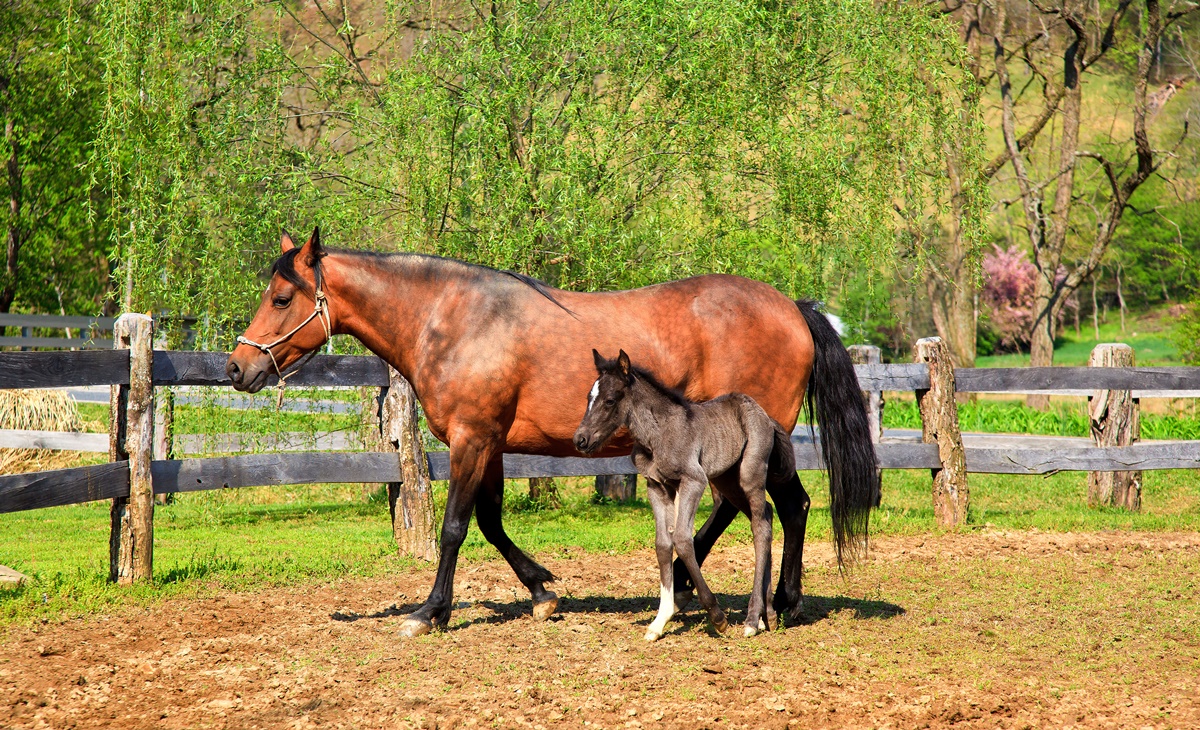
Paso Fino: cena
Ceny rasy wahają się średnio w przedziale od 25 do 50 tysięcy złotych w zależności od wieku, rodowodu i nabytych umiejętności danego zwierzęcia. Najdroższe osiągają cenę ok. 120 tys złotych (25 tys. euro).
Koń Paso Peruano - historia rasy
Paso Peruano lub inaczej: Paso Peruwiano bądź Paso Peruwiański jest rasą blisko spokrewnioną z Paso Fino. Pochodzi od koni przywiezionych przez hiszpańskich konkwistadorów z Europy - przez Francisco Pizzaro w 1531 r. na tereny dzisiejszego Peru.
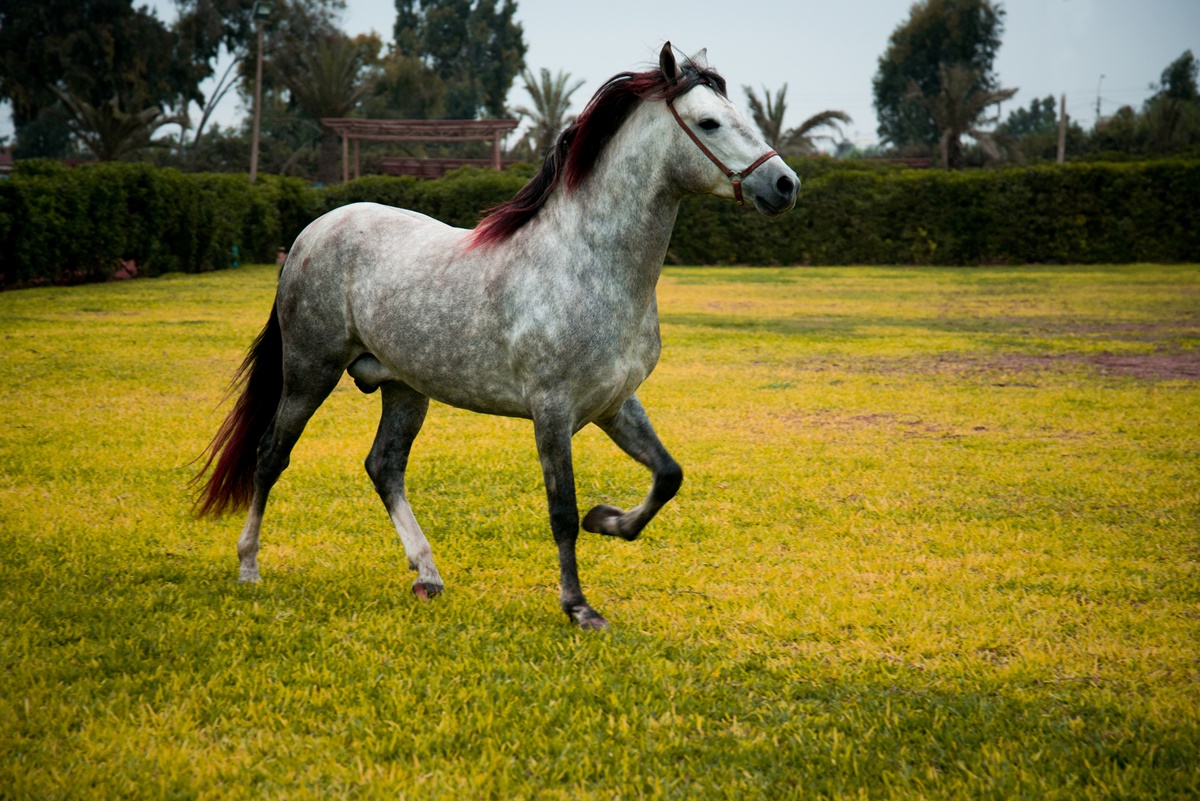
Rasa ta wzięła się z domieszki krwi berberyjskiej (75%) i andaluzyjskiej (25%). Konie hodowlane pochodziły z Hiszpanii, Jamajki, Panamy i innych obszarów Ameryki Środkowej. Zwierzęta w ramach prowadzonej przez wieki selekcji były hodowane do naturalnego czterotaktowego chodu zwanego Paso Llano, co jest odmianą töltu.
Za kolebkę “typowego peruwiańskiego konia paso” uznawane jest miasto Trujillo. Zwierzęta te były hodowane głównie w celach transportowych. W północnej części Peru znajdowały się ogromne plantacje cukru i bawełny - by przemierzać takie odległości nadzorujący potrzebowali odpowiednich koni. W południowej części Peru osady oddzielały tereny pustynne, które wymagały silnych zwierząt. W obu przypadkach potrzebne były konie wytrzymałe o wygodnym chodzie. Rasa Paso Peruano świetnie spełniała te wymagania.
Rasa straciła jednak na znaczeniu na początku XX wieku, gdy potrzeby transportowe zaczęły spełniać upowszechniające się samochody i powstające autostrady. Wielu głównych hodowców rasy oddało swoje najlepsze konie rolnikom mieszkającym w pobliskich quebradas (dolinach). Dysponując takim potencjałem hodowca Gustavo de la Bord uzyskał konia, który stał się najważniejszym współczesnym reproduktorem rasy - ogiera Sol de Oro (Viejo).
Największe zmiany w obrębie rasy przyniosły krajowe reformy rolne wprowadzone pod koniec lat 60. XX wieku. Duże gospodarstwa hodowlane były zamykane, a zwierzęta ginęły. Dzięki rosnącemu zainteresowaniu koniem peruwiańskim w Stanach Zjednoczonych - wiele najlepszych koni udało się uratować, jednak zostały one przetransportowane na teren USA. Doprowadziło to do sytuacji, w której Paso Peruano wydawał się znikać ze swojej ojczyzny.
Na szczęście w ciągu ostatnich 30 lat popularność rasy zaczęła rosnąć w samym Peru. Coroczna wystawa narodowa w Limie jest ważnym wydarzeniem w peruwiańskim życiu kulturalnym. Rasa Paso Peruano od 1992 jest pod ochroną peruwiańskiego rządu i została uznana za dziedzictwo kulturowe narodu Peru przez Narodowy Instytut Kultury (INC). Obecnie istnieją również przepisy ograniczające eksport rasy.
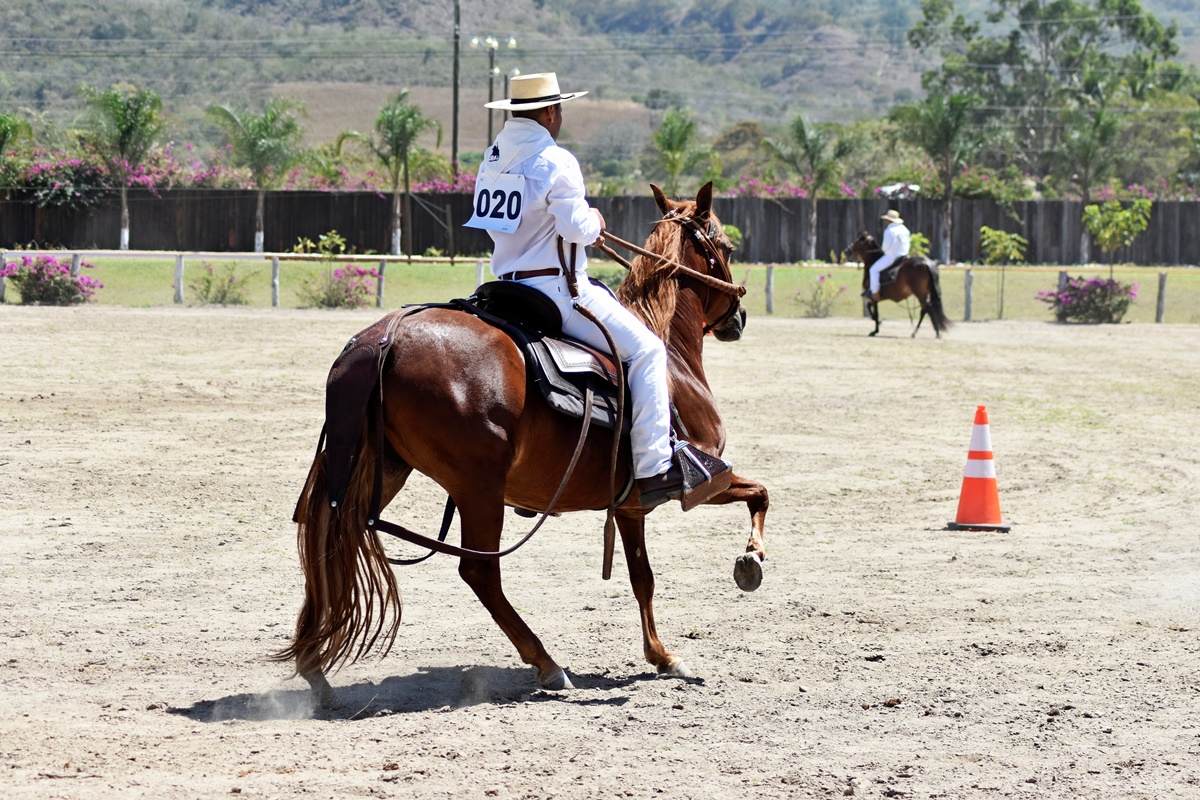
Paso Peruano - budowa i charakterystyka
Rasę Paso Peruano charakteryzują krótkie, dobrze zbudowane kończyny z twardymi kopytami, głęboka klatka piersiowa z mocną łopatką oraz mocna, wysoko osadzona szyja i umięśniony zad. Konie te mają często falistą, bujną grzywę i ogon.
Co ciekawe, poruszanie się kłusem (uwarunkowane genetycznie) jest niepożądane u tej rasy. Charakterystycznym chodem jest tzw. Paso Llano, rodzaj töltu, w którym koń wyrzuca przednie kończyny na boki. Konie te trenuje się na drewnianej ścieżce tzw fino-strip, po to aby słyszeć takt uderzeń kopyt, co bardzo pomaga jeźdźcowi kontrolować chód konia.
Osiągany wzrost: 142-155 cm
Maść: praktycznie wszystkie maści - najbardziej pożądane są gniada i kasztanowata.
Paso Peruano - użytkowanie
Konie te, jak i Paso Fino, są wytrzymałe, karne, poruszają się bez większego wysiłku, co pozwala im na pokonywanie dużych odległości wygodnym dla siebie i jeźdźca inochodem. Co ciekawe galop tej rasy nie jest wcale wygodny.
Peruwiańskie konie paso są znane na całym świecie ze swojego dobrego temperamentu i komfortu podczas jazdy. Około 25 000 koni na całym świecie jest używanych do jazdy rekreacyjnej, terenowej, pokazów koni, parad i przejażdżek wytrzymałościowych.
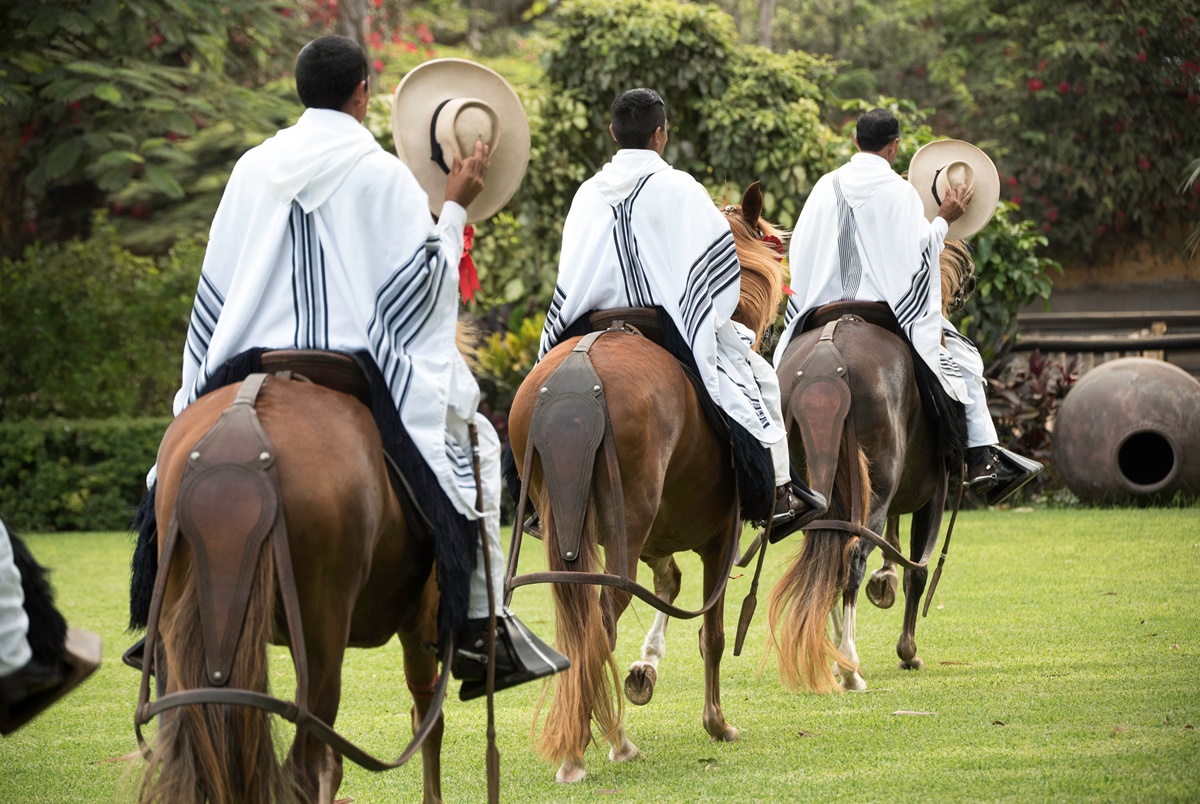
Paso Peruano - cena
Ceny Paso Peruano wahają się od 25 do 40 tys. złotych w zależności od umiejętności, wieku i pochodzenia danego wierzchowca.
Podsumowanie
Rasy Paso Fino i Paso Peruano choć różne, wzięły się od wspólnych hiszpańskich przodków, zachowując ich najważniejsze cechy: elegancję i siłę. Obie rasy są bardzo wszechstronne. Ich swoboda, pewność stąpania i płynny chód sprawiają, że są idealnym wyborem na długie wycieczki po trudnym terenie. Równocześnie ich niewielki wzrost i łagodny charakter czynią je idealnymi końmi rodzinnymi i niezawodnymi towarzyszami spędzania wolnego czasu. Co ciekawe, ich niecodzienny chód przysporzył im również zwolenników wśród osób cierpiących na problemy z kręgosłupem.
Nie dziwi więc fakt, że obie rasy zyskują coraz większą popularność w Europie. Szczególnie, że szybko dostosowują się do europejskiego klimatu i mogą być trzymane w otwartych boksach nawet zimą. Warto pamiętać jednak, że jak w przypadku większości ras południowych, potrzebują one osłoniętego, suchego i wolnego od przeciągów schronienia, a także odpowiedniej paszy.












